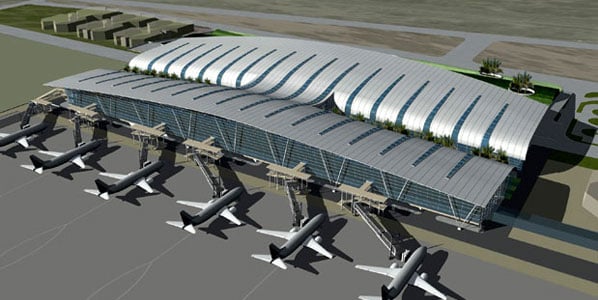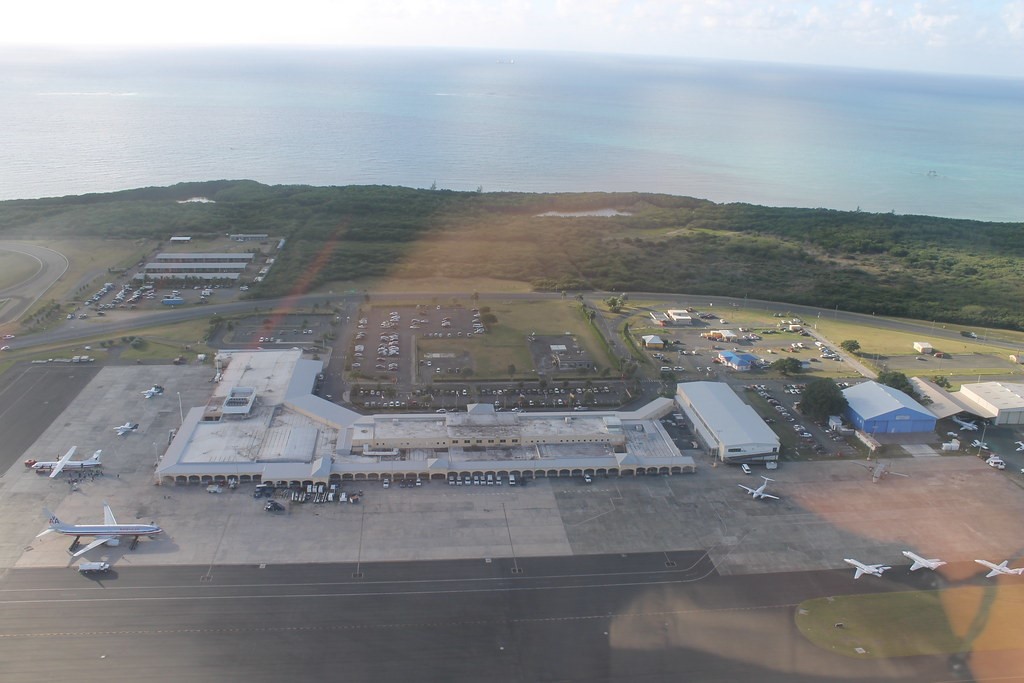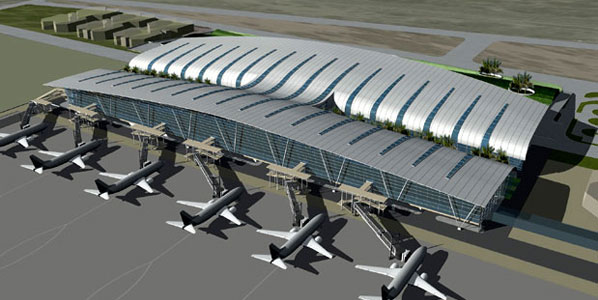As the world begins to reopen it is important to think of the ventilation in the biggest hubs of the world: Airports. In 2019, the average number of flights worldwide was 102,465. All of these flights include travelers as well as the crew. During a busy day at a large airport, like Beijing Daxing International Airport (China), approximately 370,000 passengers can pass through its airport to their final destination. Large amounts of travelers passing through deserve a properly ventilated airport.

Airports provide a consistent stream of people, planes, and employees exposed to various
environmental emissions. Pollutants within airports can cause health issues, such as shortness of breath and short-term coughing, and lower comfort levels through increased temperature and humidity. Where do the pollutants come from? The most obvious is from jet fuels from airplanes and fuel fumes from ground transportation. Less common pollutants include volatile organic compounds (VOCs) from restaurants, stores, or unique equipment that requires temperature and humidity-controlled rooms. Solve all of these issues with proper ventilation from S&P USA.
TOP THREE REASONS TO PROVIDE PROPER VENTILATION IN AN AIRPORT
- Increase Health and Safety of the Airport Terminals with Proper Ventilation.
- Improve indoor air quality (IAQ) to increase comfort.
- Protect operations and equipment long-term.

S&P USA's export department has a long history of helping with airport ventilation from Jamaica to India. No project is too big for them. Hugo Kurona, S&P USA's Export Manager, has put together a case study that covers the problems unique to an airport, their effects on occupants and the building itself, and solutions to meet proper ventilation as achieved by the export department of S&P USA Ventilation Systems, LLC.
Discover how these factors are solved through proper ventilation.

